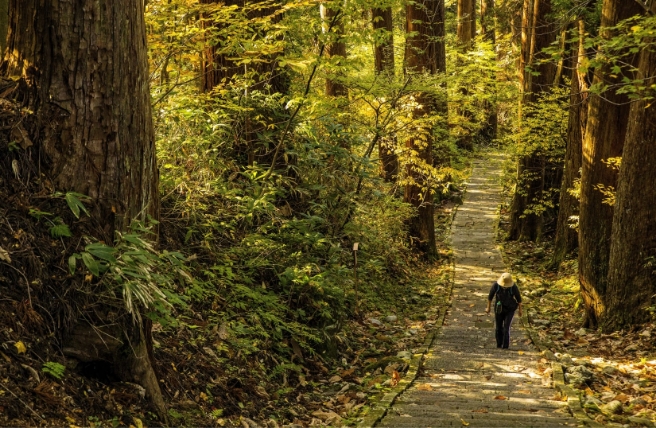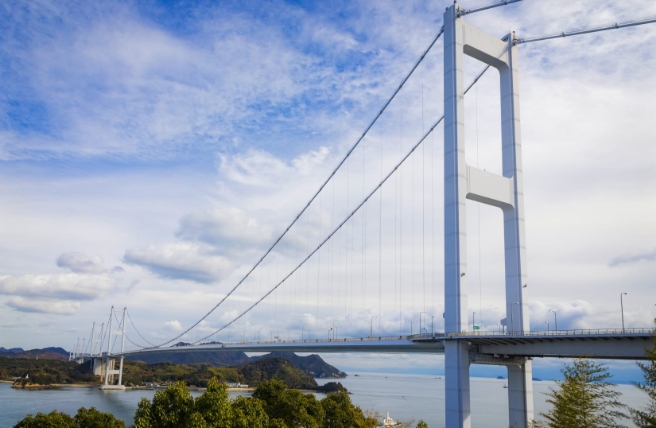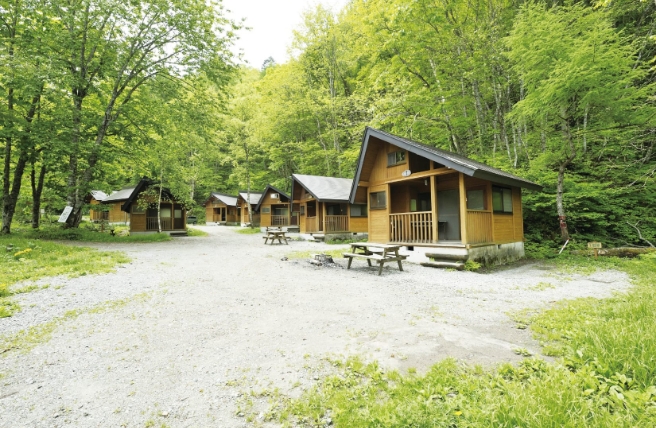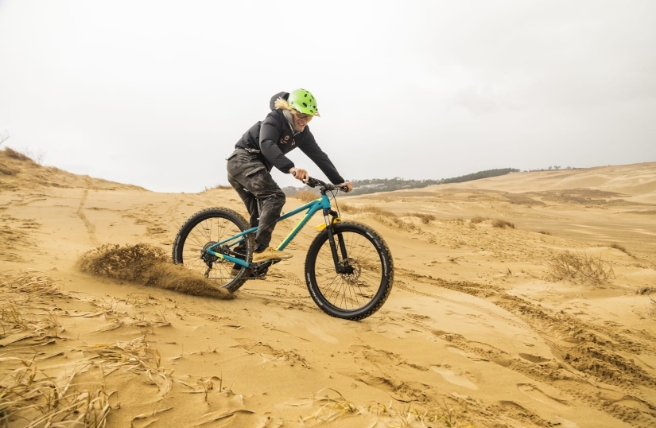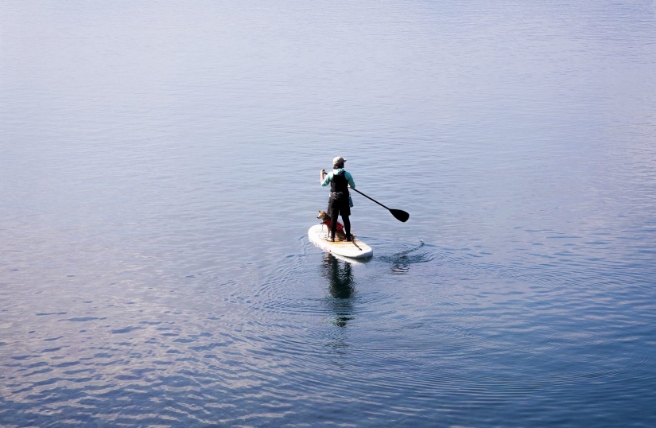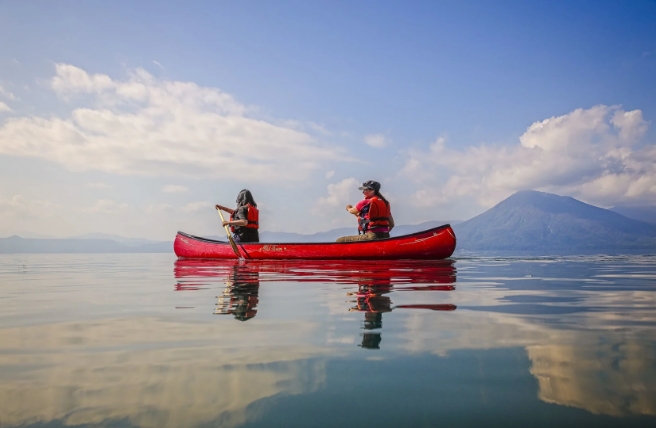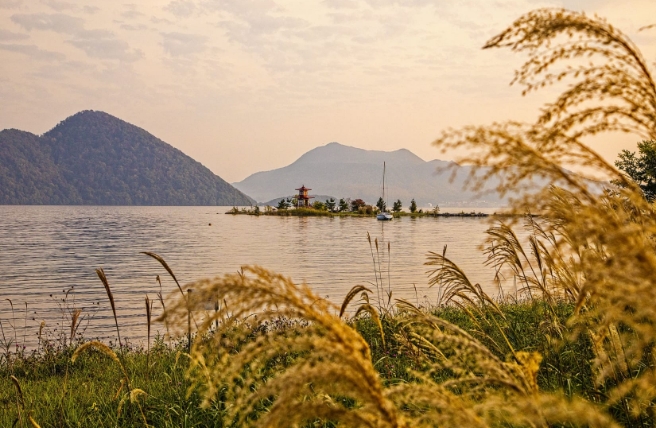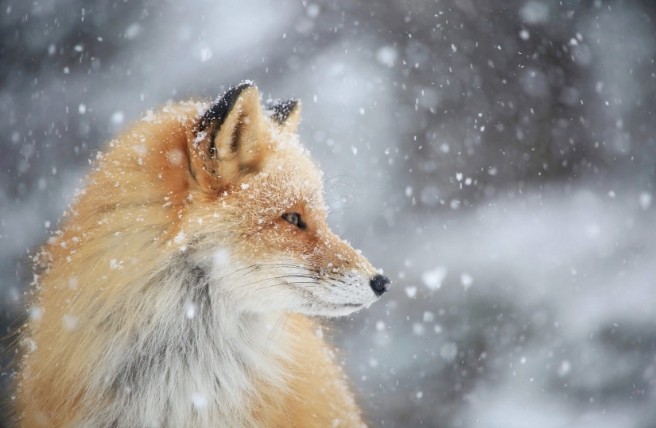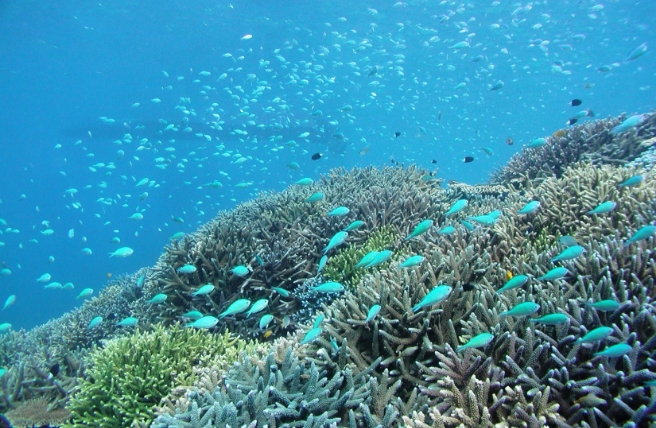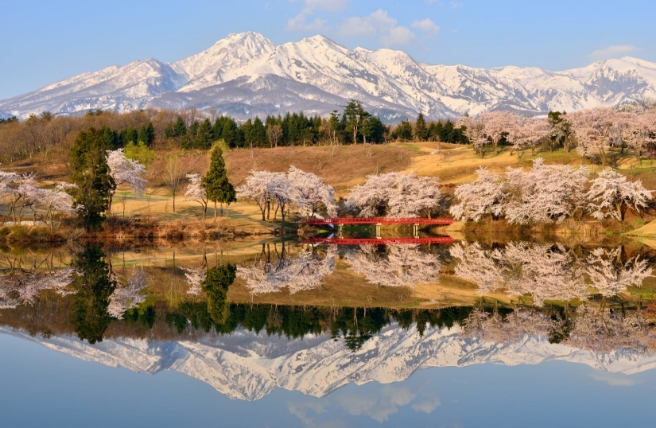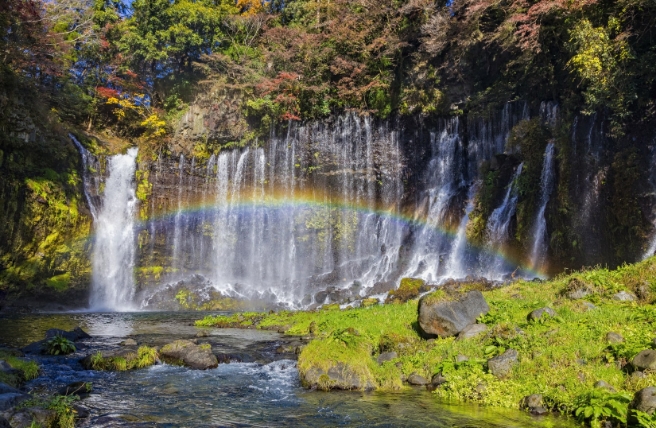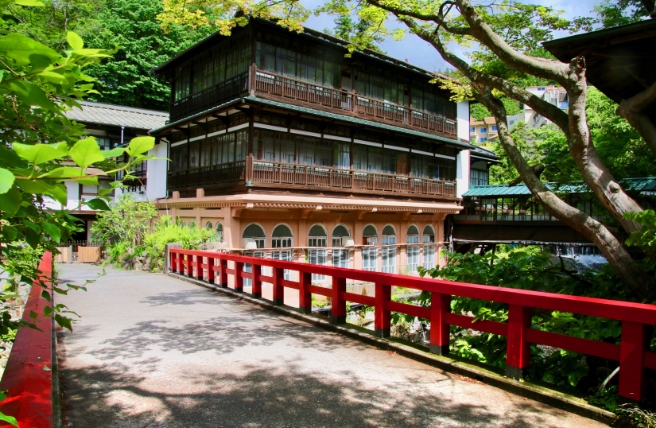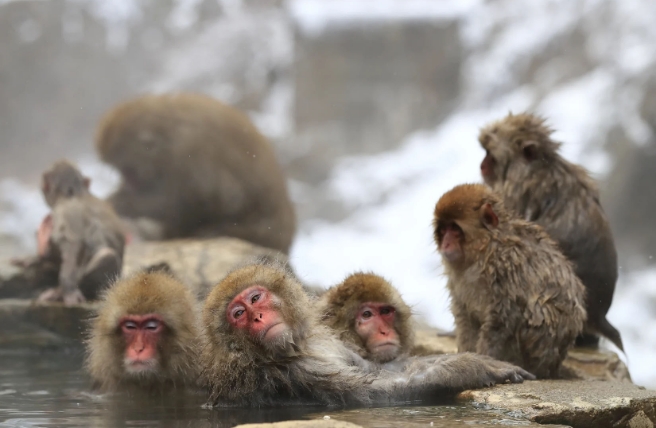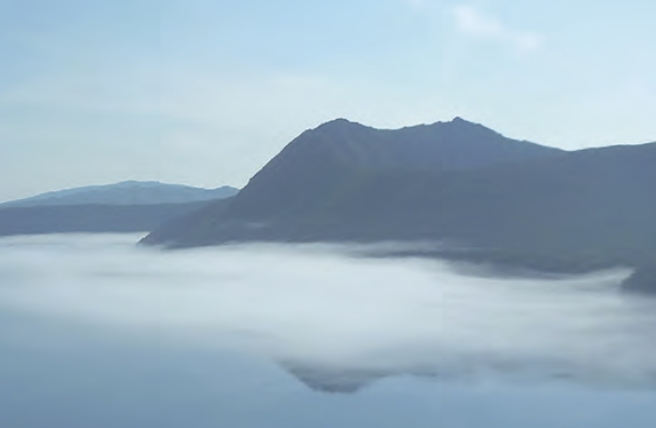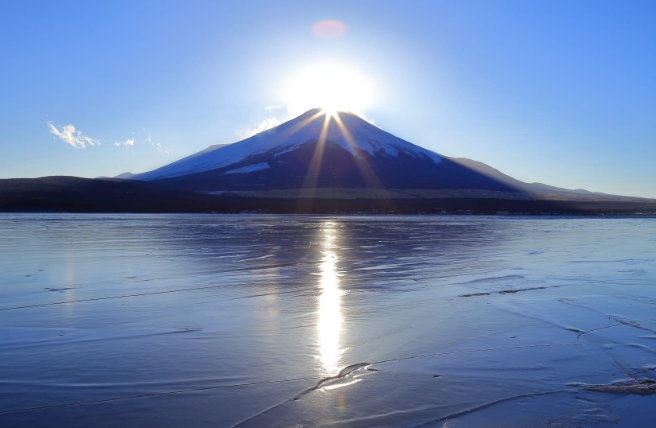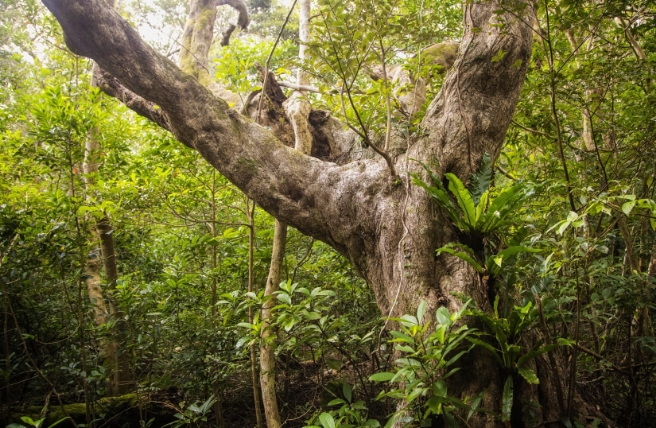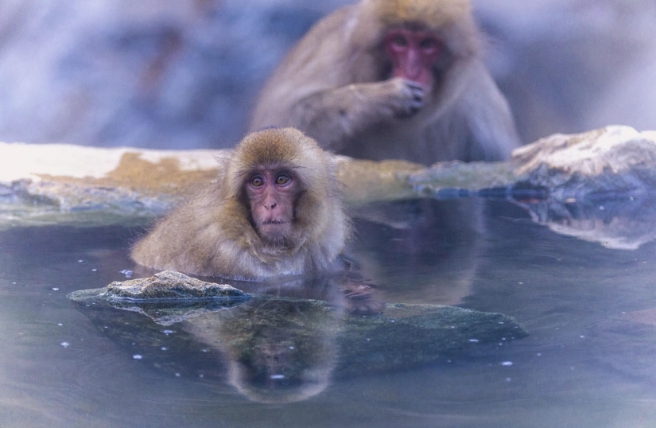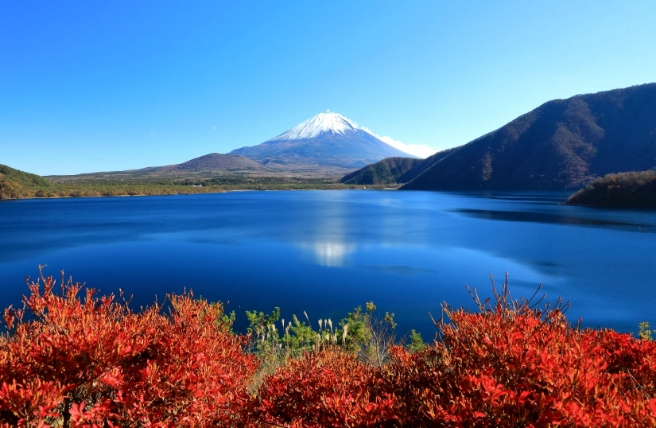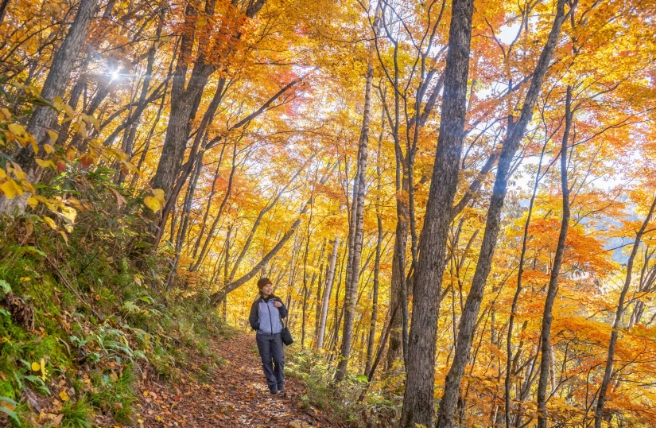The strength of these porters keeps this national park’s mountain lodges well stocked with everything from fresh vegetables to draft beer
Oze National Park, located some 150 kilometers north of Tokyo, is an expanse of mountains and marshland that straddles four prefectures in central Japan. It is the largest high altitude marsh in the country, surrounded by a number of 2,000-meter peaks. It is a popular destination for hikers, climbers, and nature enthusiasts who come to enjoy the breathtaking landscape and diverse flora and fauna. Known as the birthplace of conservation in Japan, Oze has a rich history of public-led efforts to preserve its wilderness. Not only was Oze the first park to ask visitors to carry out their own trash, but some 65 kilometers of boardwalks were constructed to protect the fragile peat bog marshlands. Other efforts have included halting the development of roads through the park, and stopping the construction of hydroelectric plants that would dam the area’s water sources.
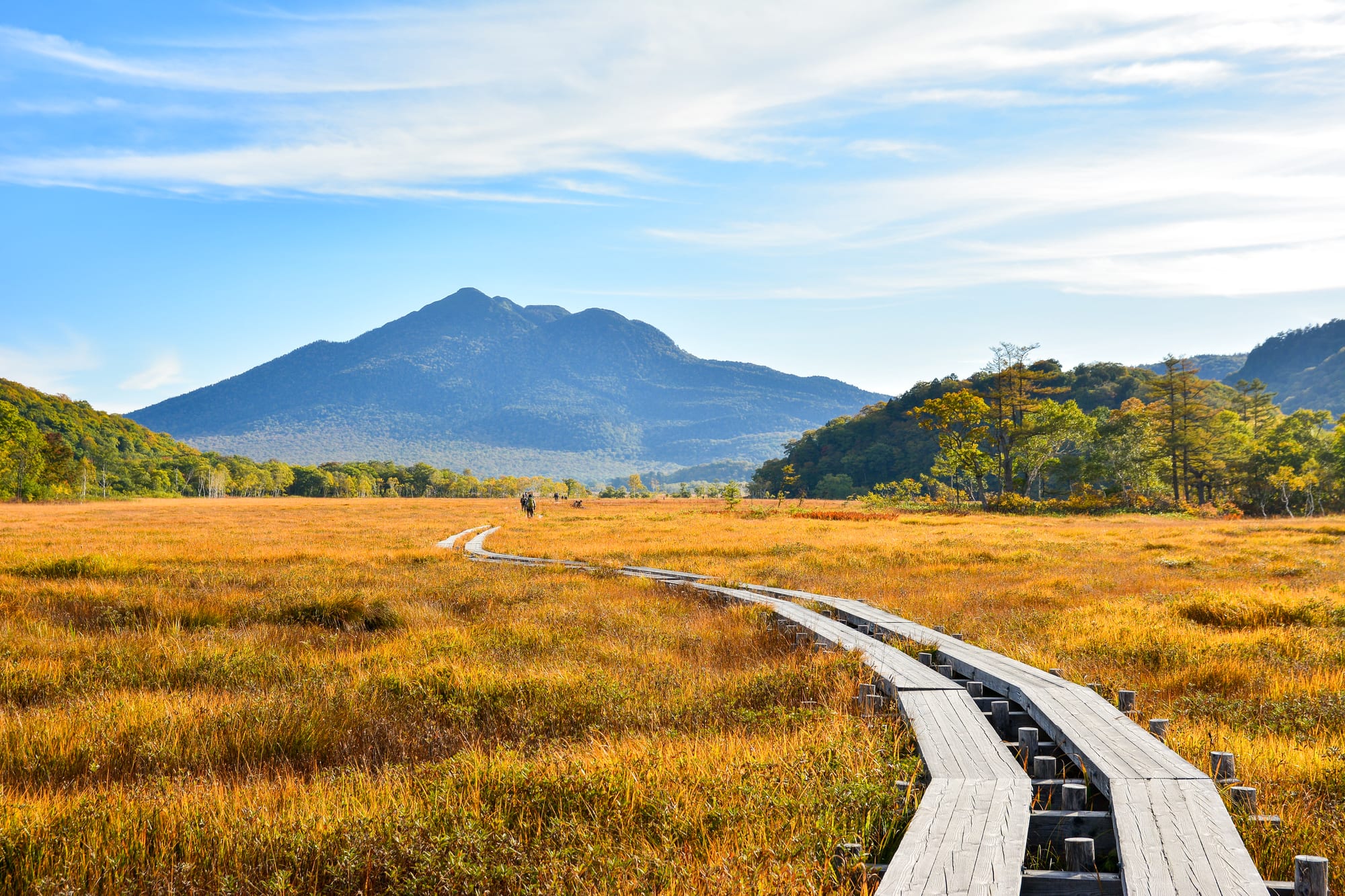
Keeping the lodges stocked with goods
One unique sight that visitors are likely to see on a visit to Oze is not a natural phenomenon but a human one. These are the bokka, porters who transport supplies to the more than 10 mountain lodges that offer food and accommodations to park visitors. They carry massive loads, almost as tall as their own height, which are carefully balanced to enable them to navigate the rocky mountain trails and the wooden walkways that traverse the marshes. They are essential to the park’s conservation efforts, reducing the need for helicopters in servicing the lodges. While helicopters are used to deliver nonperishable materials like fuel and drinks, their trips are subject to weather conditions and scheduling constraints. Instead, the bokka are the primary means of transporting perishable foods, such as fresh vegetables, and emergency supplies when helicopters cannot reach the park.

The bokka take on the portering of goods as a profession. Originally, trade goods were transported with horses but environmental concerns led to their replacement with porters around 1955. This change coincided with the introduction of the wooden boardwalks that help preserve the marshlands by preventing damage from foot traffic.
Masato Hagiwara is one of the seven bokka who now have the full-time job of supplying the lodges. During the season, when the lodges are open from April to the end of October, he follows a demanding schedule. At the beginning of the season, he helps carry supplies to open lodges, then makes regular trips to keep them stocked. Six times a week, he makes a daily (sometimes twice-daily) round trip from Hatomachi-toge Pass, the end of the paved road, down a steep mountain trail on an hour-long descent to the marsh area, and a two-hour trek across the boardwalks to his lodge destination.

Hauling loads that average 75kgs per trip
The weight of the daily loads is staggering: on average, he carries supplies weighing 75 to 80 kilograms per load, though he sometimes hauls as much as 200 kilograms over two trips.
His loads often include such luxury items for lodge guests as draft beer kegs, which weigh up to 25 kilograms each. Despite the extreme physical demands, Hagiwara is happy with the work. “It’s a win-win situation,” he says. “The lodgers show their appreciation, which is nice, and we are grateful for having the job of carrying their food and drink.”
Oze attracts many repeat visitors, drawn by the varied seasonal attractions. In spring, the Asian skunk cabbage and marsh marigolds bloom; in summer, the marshes are dotted with white cottonsedge and bright yellow daylilies; and, in autumn, the foliage transforms the landscape into a vibrant tapestry of color. The bokka, of course, frequently experience the changes, and Hagiwara says the best views are the surrounding mountains from the marshland. “It’s as if nature embraces and protects us,” he says. “And we can experience the four seasons at their fullest.”
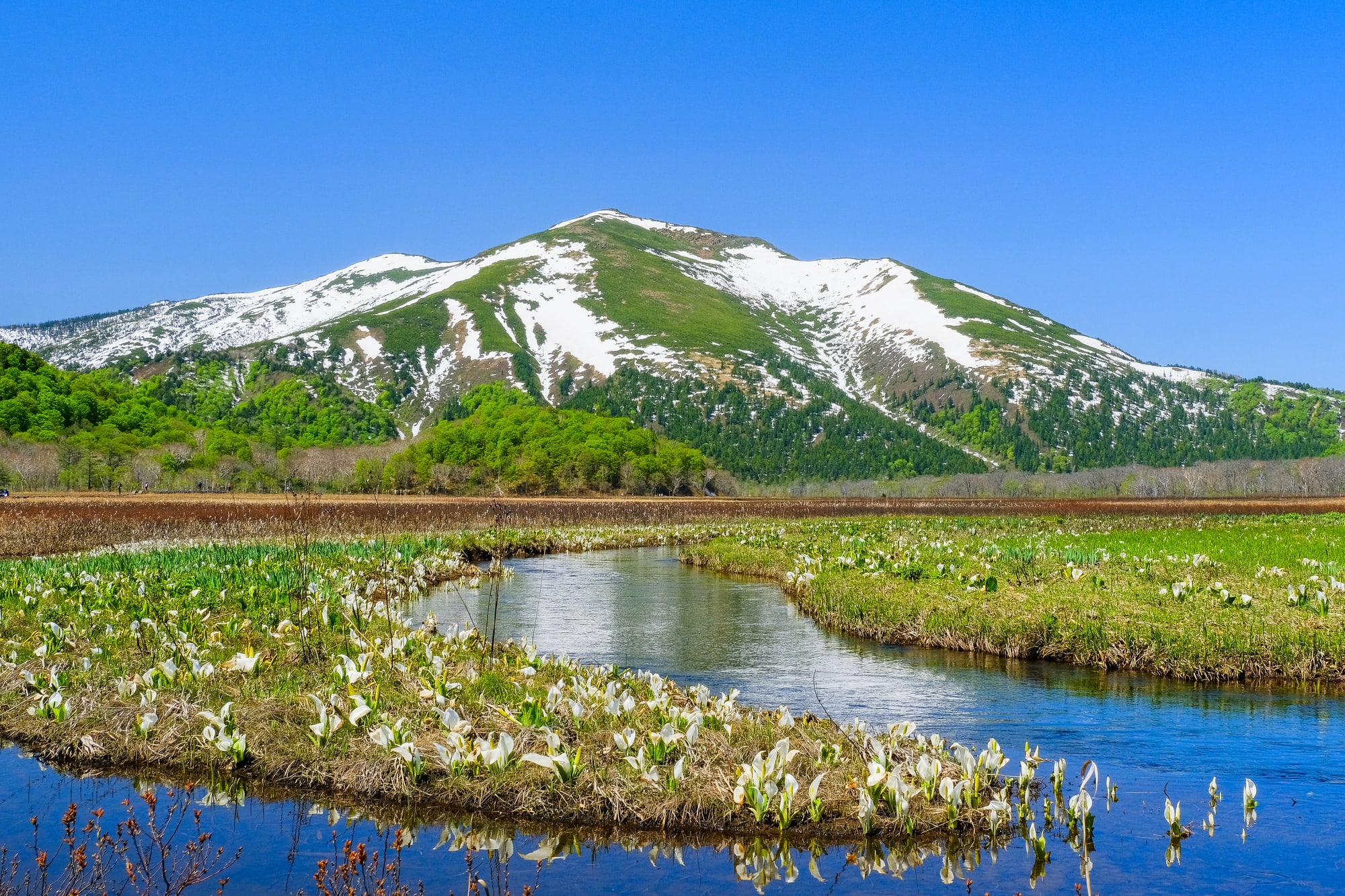
Helping to maintain Oze’s environment
Maintaining and conserving Oze’s natural wonders is an ongoing challenge, especially when it comes to keeping the boardwalks in good condition. Expenses for replacing damaged sections are formidable, with the need for helicopters to bring in the lumber sending costs up to approximately ¥200,000 per meter of boardwalk. “Our ability to enjoy this unique environment is thanks to our predecessors who first built the boardwalks,” says Hagiwara.
However, as the complex system of walkways is managed by multiple prefectures, government agencies, and other entities, repairs are often delayed due to budgetary constraints. To help, Hagiwara started a crowd-funding campaign to help pay for repairs. The campaign exceeded its goals, and he was pleased to see how many people care about the park. “Through running the campaign, I discovered that there are many people who love Oze and want to help protect it,” he says. “It gave them a chance to get involved.”

Portering is a labor of love
An increasing number of international visitors are discovering the beauty of Oze, despite the difficult access. After a Korean filmmaker made a documentary about the Oze bokka, Hagiwara says he often receives requests from foreign visitors who wanted a photo taken with him. He welcomes the attention, and encourages international visitors to engage with the porters they happen to encounter.
“We do this work because we love Oze,” Hagiwara says. He also sees the recent increase in the number of foreign visitors who choose to stay overnight at one of the lodges a positive sign. “Staying longer allows people to fully immerse themselves in the natural atmosphere of Oze, quietly and peacefully,” he says.
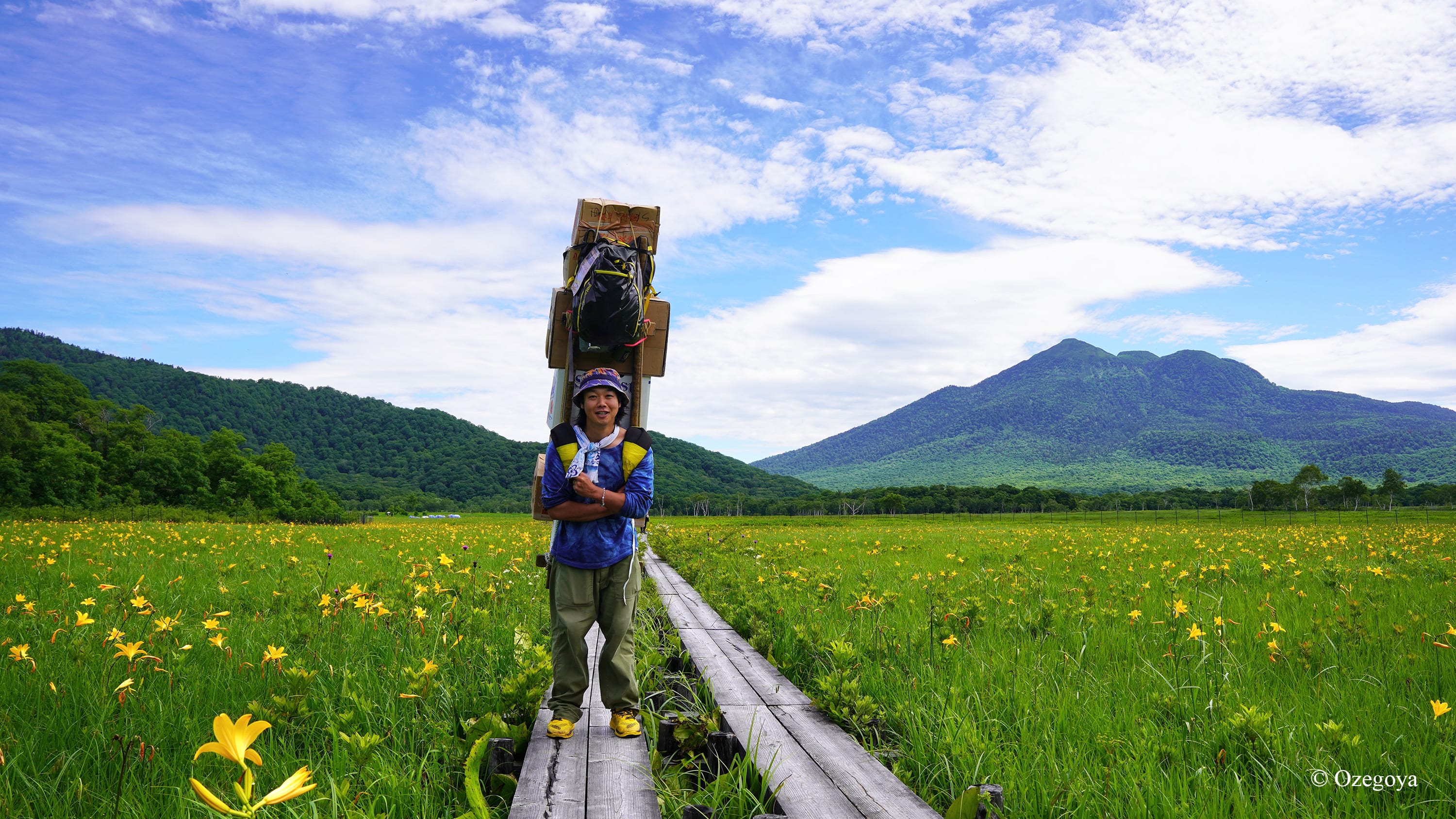
Doing Your Part to Protect the Park
Bokka Hagiwara stresses the ways visitors can help keep the park in pristine condition, to be enjoyed by visitors for years to come.
- Please follow the park’s tradition of carrying your trash home with you
- Please stay on the trail in the mountains
- Please make a ¥100 donation when you use the toilets
- Please respect others and the tranquility of the park
- Please do not collect plants or living creatures
- Please clean footwear at the park entrance to avoid bringing invasive species into the park
- Please use trekking pole caps to prevent them from damaging the fragile environment
